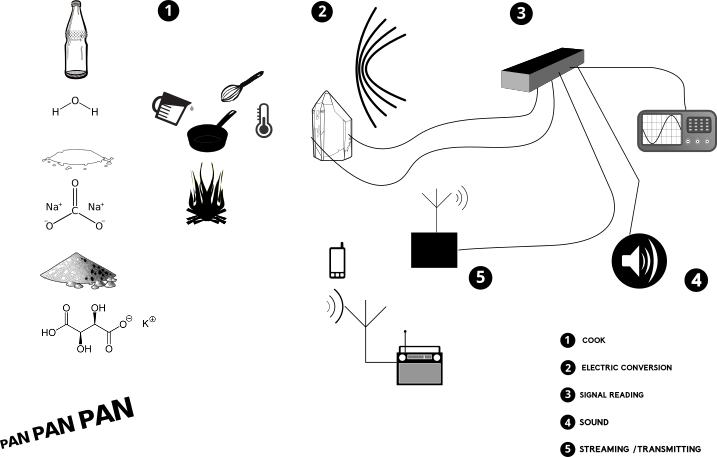
The content has been moved to Nextcloud in order to make the website more lightweight.

The content has been moved to Nextcloud in order to make the website more lightweight.
For any questions you can reach out to us over Matrix at #hsbxl:matrix.org.